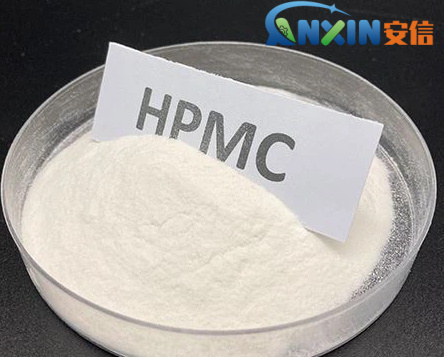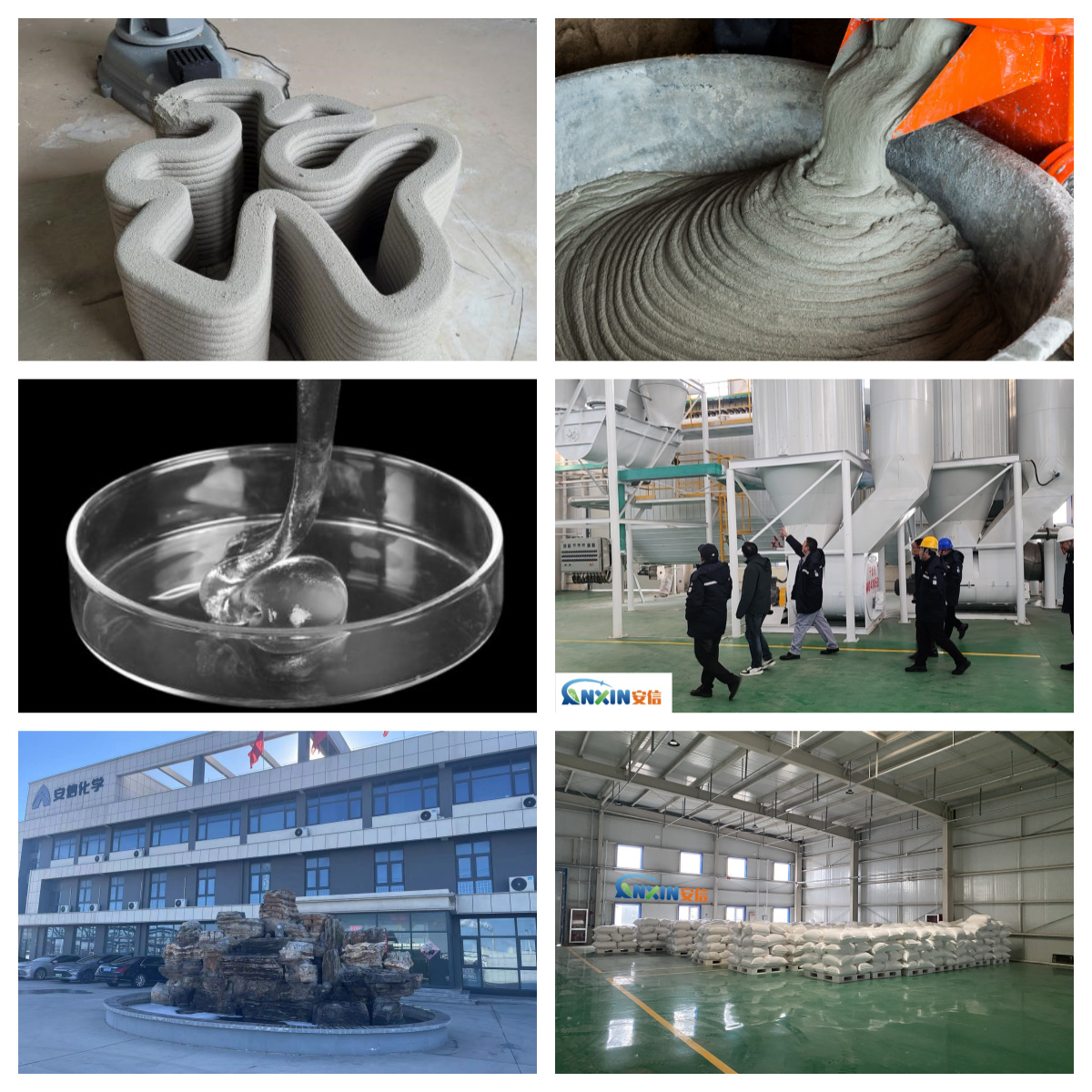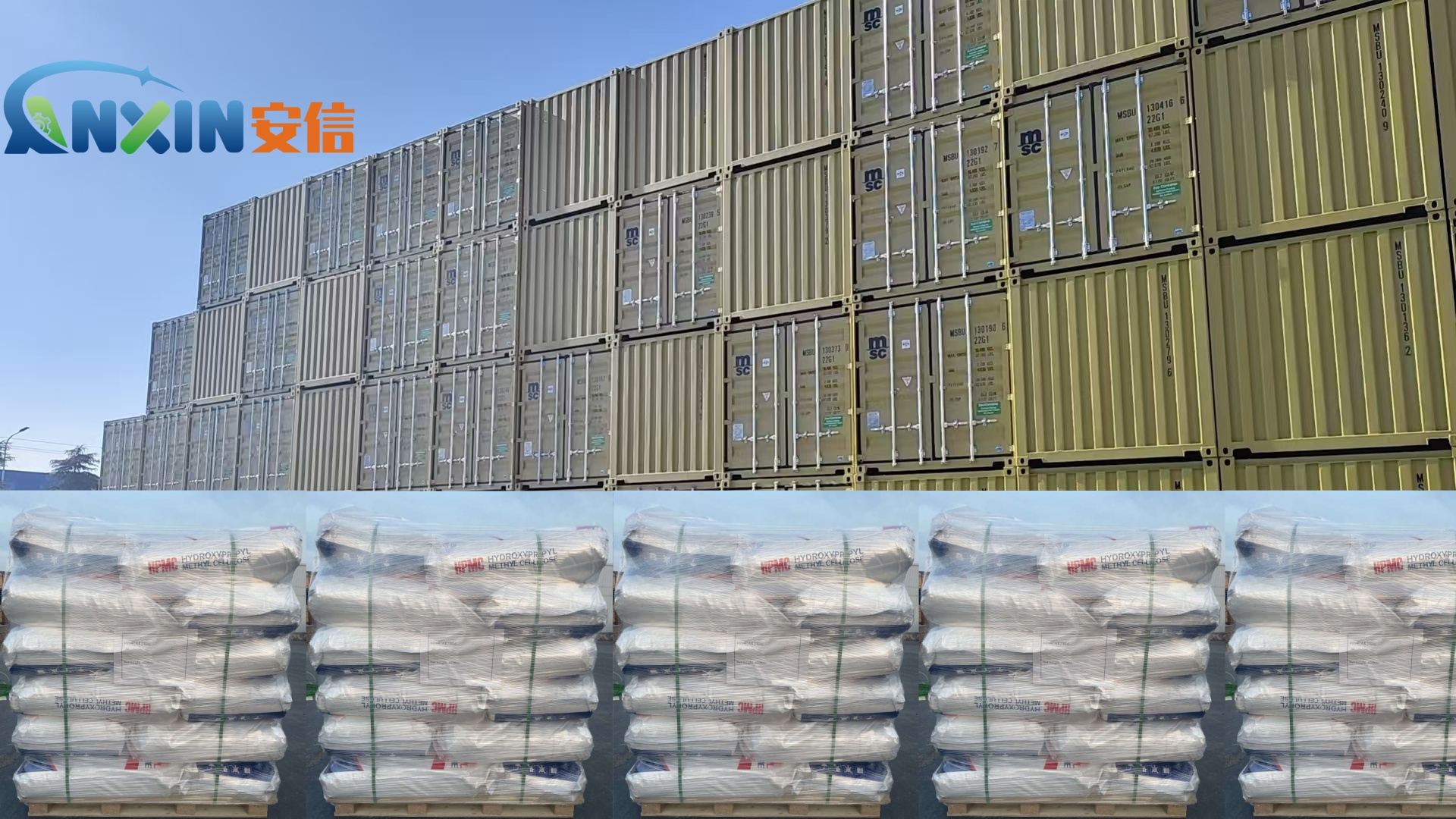Hydroxypropyl Methylcellulose (HPMC) is a non-ionic cellulose ether made from natural polymer materials – refined cotton or wood pulp through alkali treatment and a series of chemical reaction modifications. HPMC has good solubility, thermal stability and film-forming properties. It is an important chemical raw material with a wide range of uses. It is widely used in construction, medicine, food, cosmetics and other fields.

1. Chemical structure and basic properties
The main component of HPMC is that some hydroxyl groups in the cellulose molecule are replaced by methyl (–CH₃) and hydroxypropyl (–CH₂CHOHCH₃), thereby forming a modified cellulose ether. Due to the coexistence of hydrophilic and hydrophobic groups in its molecular structure, it has excellent surface activity and film-forming properties.
HPMC is a white or off-white powder or granule, odorless and tasteless, and can be dissolved in cold water to form a transparent or slightly turbid colloidal solution. It is insoluble in hot water, ethanol, chloroform and ether, but soluble in some mixed organic solvents (such as methanol/water, ethanol/water mixed solutions).
The physical properties of HPMC include
Apparent density: about 0.3~0.5 g/cm³;
pH stability: the pH of the aqueous solution is stable between 3~11;
Thermogelation: HPMC solution has thermogelation properties. When heated to a certain temperature, it will undergo a phase change to form a gel, and return to the solution state after cooling;
Surface activity: It has good emulsification, dispersion and water retention properties;
Biodegradability: Because it is naturally derived and non-toxic, it is environmentally friendly and biodegradable.
2. Production process
HPMC is usually made of natural cellulose through the following process flow:
Alkalinization reaction: Treat refined cotton or wood pulp under alkaline conditions to break the cellulose molecular chain and increase the reaction activity;
Etherification reaction: React with methyl chloride and propylene oxide under appropriate temperature and pressure conditions to introduce methyl and hydroxypropyl groups;
Neutralization, washing and drying: Remove by-products and unreacted substances, and dry them into finished products;
Crushing and screening: Crush the dried product into the required particle size and package the finished product.
3. Main application areas
3.1. Construction industry
HPMC is most widely used in the construction industry, mainly used in dry-mixed mortar, tile adhesives, gypsum products, thermal insulation mortar, self-leveling floor and other products, with the following functions:
Strong water retention to prevent premature water loss of mortar;
Enhance adhesion and improve construction performance;
Improve construction performance and anti-sag performance;
Control the setting time and fluidity of cement mortar.

3.2. Pharmaceutical Industry
HPMC is used as capsule shell, tablet adhesive, sustained-release material, emulsifier, etc. in pharmaceutical preparations. It is a common pharmaceutical excipient with the following characteristics:
Non-toxic, non-irritating, and can be taken orally;
Good film-forming property, which can be used to control the release rate of drugs;
Can be used as raw material for vegetarian capsules to replace gelatin;
Thermogel properties are suitable for controlled release of thermosensitive drugs.
3.3. Food Industry
In food processing, HPMC is mainly used as emulsifier, thickener, stabilizer, adhesive, etc. For example:
As a water-holding agent and improver in baked products;
Improve taste and suspension performance in beverages;
As a water-retaining agent and tissue improver in meat products;
Used to replace oils and fats in low-fat foods to achieve taste simulation.
3.4. Cosmetics and daily chemical products
HPMC is widely used in skin care products, shampoo, toothpaste, facial cleanser, etc., and plays the following roles:
Thickening and stabilizing emulsion systems;
Improving spreadability and improving the smoothness of products;
Film formation and providing moisturizing effects;
Can be used to prepare transparent gels or emulsions.
3.5. Other industries
Coating industry: used as thickener and dispersant for water-based coatings;
Agriculture: used as a slow-release carrier in pesticides and fertilizers;
Printing industry: used as an adhesive and thickener for printing inks;
Ceramics and building materials: used as an adhesive and plasticizer in the molding process.

4. Safety and environmental protection
HPMC is derived from natural plant fibers and has good biocompatibility and biodegradability. It is non-toxic and harmless to the human body when used within a reasonable dosage range, and meets the safety standards for food and drug additives. It is non-polluting to the environment, can be degraded under natural conditions, and will not cause environmental burden.
Hydroxypropyl methylcellulose (HPMC), as a cellulose ether with excellent performance and wide application, is an indispensable multifunctional additive in modern industry. With its good physical and chemical properties, safety and environmental protection, HPMC continues to play an important role in many fields. With the advancement of green chemistry and sustainable development concepts, the application field of HPMC will continue to expand, and its development prospects are broad.
Post time: May-28-2025